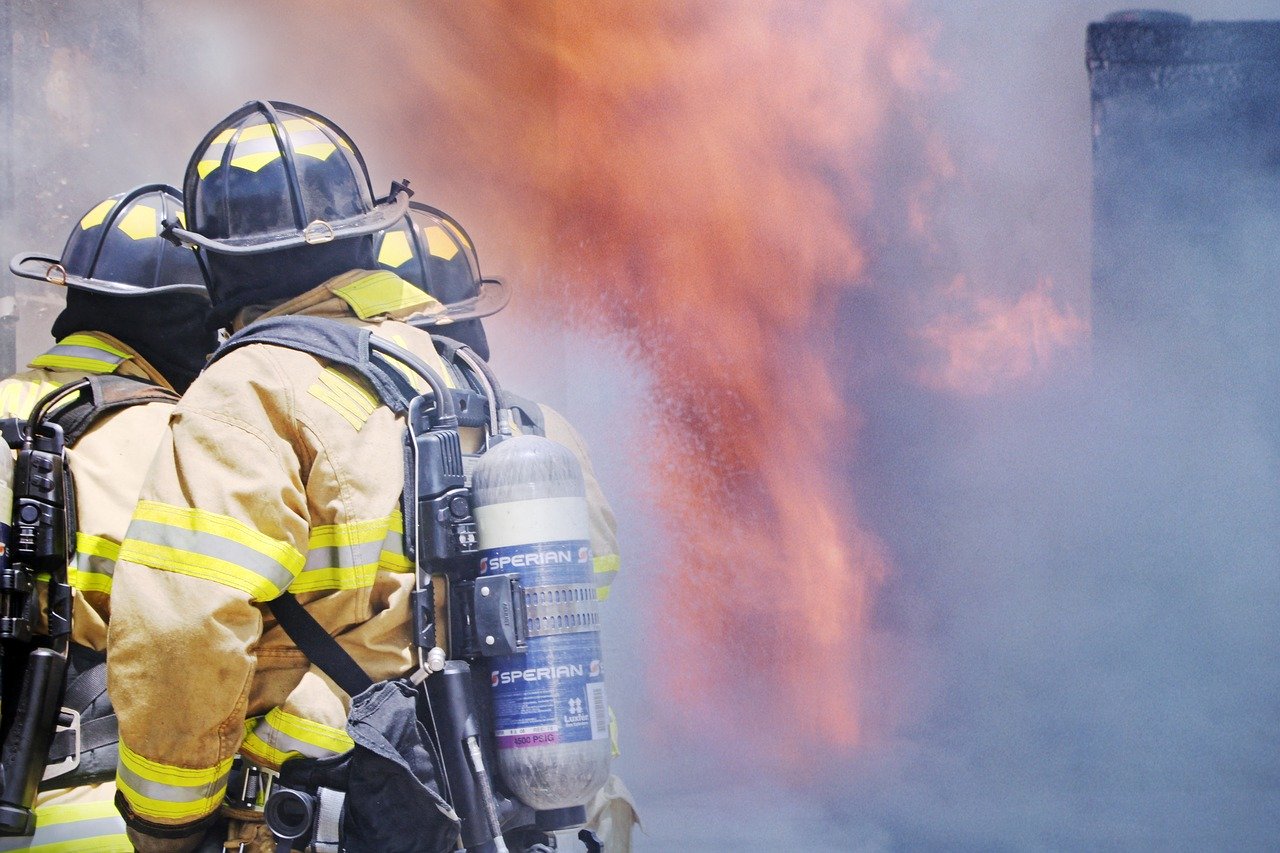This post is also available in:
 עברית (Hebrew)
עברית (Hebrew)
The top requirement and priority from first responders has consistently been the ability to locate and track human resources and assets when they go inside of a building or dangerous environment.
The technology thus far has been limited, in some cases unable to penetrate buildings or other interference due to problems relating to line of sight, or frequencies that bounce off an object.
The US Department of Homeland Security Science and Technology Directorate (DHS S&T) teamed with NASA’s Jet Propulsion Laboratory to develop POINTER, a groundbreaking first responder tracking technology that uses magnetoquasistatic fields to three-dimensionally locate responders during emergencies — especially when visibility is low due to heavy smoke or debris.
POINTER (Precision Outdoor and Indoor Navigation and Tracking for Emergency Responders) differs from previous technologies that attempted the same purpose because it emits magnetoquasistatic fields, which are very low frequency and able to penetrate all of the structural materials used for buildings up to about a city block away.
Using the POINTER system, firefighters can not only track team members to the exact floor in a building but also determine whether they are still or in motion, standing upright or lying down, according to the DHS.
The technology was tested last month along with Balboa Geolocation, which is partnering with DHS to get the product in the hands of first responders. The testing was the first step prior to operational field testing with fire response agencies across the US this year. It is hoped that the commercial product will be available early next year. The first release will be for firefighters.
It will consist of a receiver, which is about the size of an iPhone 11 right now but will inevitably become smaller. Each of these devices will be worn by a first responder. There will be two or three transmitters, which emit the magnetoquasistatic fields and can be mounted on a truck and deployed automatically or in a carry bag and placed inside a building to begin location and tracking. The third piece of the technology is the visual display.
According to govtech.com, the development was based on a recommendation by a group of about 150 first responders consisting of law enforcement, emergency medical, emergency management and fire departments assembled by the DHS. The group pointed out the importance of finding a solution to locate and track teams during an emergency.


























